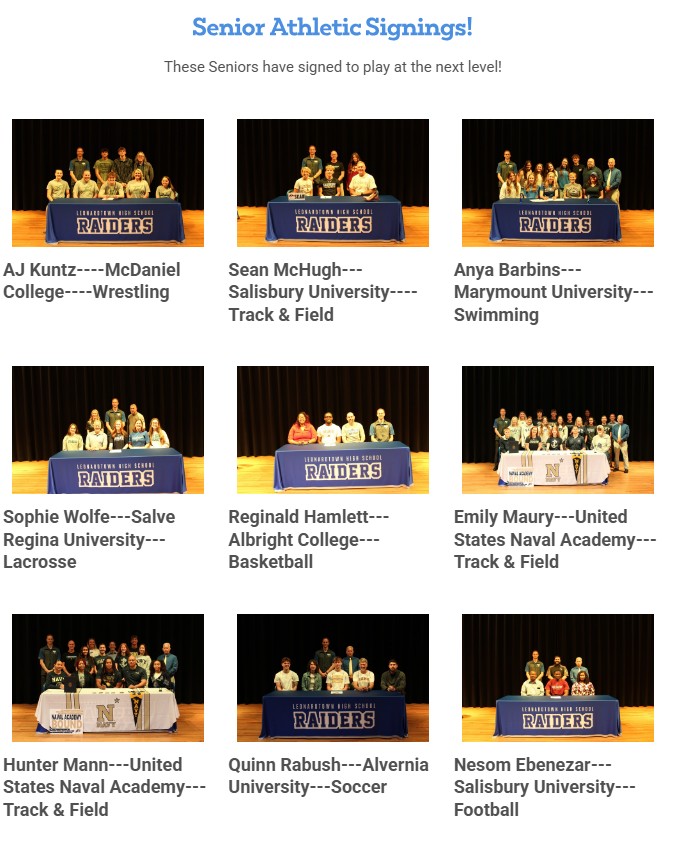Stereotypically, the perception of high school cafeteria food isn’t the greatest. Many people seem to assume that just because the food comes from the school cafeteria it’s unappetizing, unhealthy, and a variety of other things. If you are one of those people, one of the many that seem to constitute the majority of students at Leonardtown, have you ever stopped to consider how the food is actually made, or how many health restrictions are put on what can be made? Learning about the food in our cafeteria may possibly help to change your mind about it!
The Food Service Manager at Leonardtown High School, Ms. Fields, first let the Imprint know that most of the food that students are eating each day is brand name, and comes from companies that students often choose themselves at home such as McCains, Ore-Ida, Tony’s, and others. The fruits and vegetables that are sold in the cafeteria also come from a reliable source; Carroll County Food Produce. All of the meats and pizzas are heat and serve, and in fact, Ms. Fields threw in, “About 8 years ago, raw meat was taken away (from us).” She went on to explain that this was in many ways a positive thing because there was no chance of contamination of the meat by improper treatments, or other similar situations here at the school.
Not only does the food served in our cafeteria come from reputable sources, but it is also mandated to be healthy from a federal level that is fairly uniform all around the nation. Each day, the cafeteria has standards provided by the Food and Nutrition Service of the United States Department of Agriculture that they must meet in terms of what they serve. For example, according to these regulations, each high school lunch that the cafeteria serves must provide ten to twelve options of grains, a total of five options of vegetables, while one half of one of these five vegetables should be dark green, and one and one quarter should be red/ orange, the meal must range between seven hundred and fifty to eight hundred and fifty calories, and meet countless other requirements. Ms. Fields even made sure to say, “Everything we have, even chips, meet dietary restrictions.”
If you think the dietary restrictions sound strict now, just wait for the future. On January 26th, 2012, President Obama, with help from the first lady released ‘The Final Rule’ which sets extremely strict standards for school cafeterias around the nation to make lunches healthier, and to help cut down on the childhood obesity around the nation. These new restrictions will need to be followed by July, 1, 2012. Ms. Fields seems perfectly ready for all the changes though as she has seen many happen, saying, “They’ve even put down that in the future there would be no sodium in anything.”
Just because there are so many restrictions on what can be served doesn’t mean that there aren’t plenty of safe options for everyone. When asked if she felt there was adequate food available for students choosing not to eat certain foods, such as vegetarians, Ms. Fields answered affirmatively, following it up with, “I’ve been a vegetarian since I was nine years old.”
All nutrition information, such as calories for lunches served in the cafeteria can be found on the SMCPS website under Food Services if you are ever wondering the actual nutritional value of what you are consuming. Despite these exact numbers though, it is important to remember that our school cafeteria is doing its best with the large restrictions it is faced with. Ms. Fields made sure to note, “We are really trying to balance what kids like with meeting dietary needs. Sometimes it gets difficult.”
Categories:
The Truth About Cafeteria Food
Katrina Bennett, Head Editor
February 24, 2012
Story continues below advertisement








